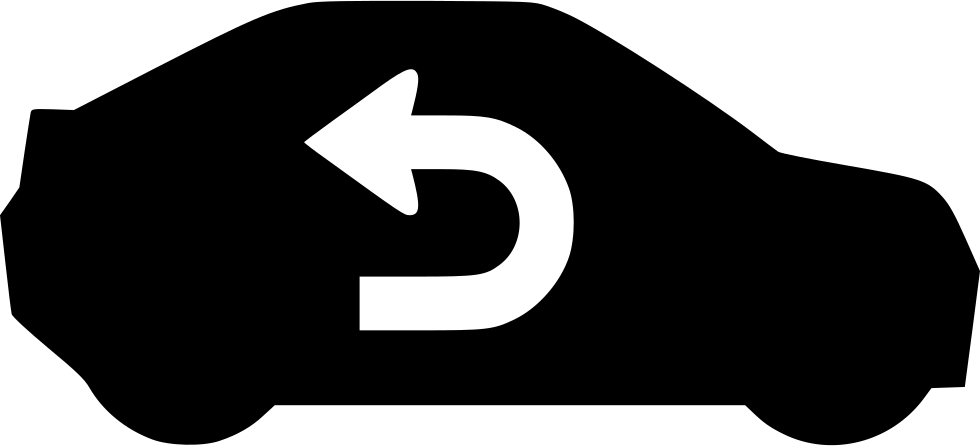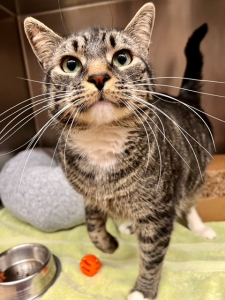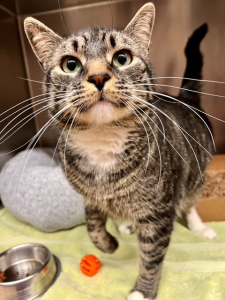MUNDANE MYSTERIES: What’s That Tiny Pocket On Your Jeans Really For?

When it comes to the clothes that we wear, some of their details are so small-yet-ubiquitous that we may overlook or take them for granted. And one of those tiny-yet-commonplace details is that tiny little pocket on your blue jeans. To most people, they’ve always been there so you probably don’t question their existence. But why do most jeans have that tiny little pocket? What’s its purpose?
Well, that small, shallow, and frequently unused pocket usually located above & within the main righthand pocket of your jeans most often gets called a coin pocket. But it wasn’t actually designed for loose change: it was originally meant to house the great-grandfather of the smartwatch.
It was actually Levi Strauss, himself (the man who literally invented jeans way back in 1873), who invented that tiny extra pocket. And according to a blog post on the Levi’s website, early on, back when Strauss’s jeans were primarily being designed for cowboys, that small pocket began being placed on jeans as “protection for pocket watches”.
And while the tiny pocket has been around for almost as long as denim jeans, themselves, the name for that tiny pocket has shifted over the past century-and-a-half to better reflect what it’s used for. It’s been called a frontier pocket, a coin pocket, a match pocket, a ticket pocket, and lots more.
So, however you refer to your tiny jeans pocket, and whatever you use it for, now you know why it’s there. And if you’ve got a Mundane Mystery you’d like solved, don’t keep it tucked away…send it to me in an email: [email protected].
BROUGHT TO YOU BY: Berryville Graphics
Wake Up Crew Highlights: June 7, 2023
MUNDANE MYSTERIES: What Does The Air Recirculate Button In Your Car Actually Do?

Your car or truck probably has a lot of symbols across the dashboard. And not all of their functions were perfectly clear at first blush. Thankfully, the air conditioning button (labeled “A/C”) should’ve been easy enough to figure out. But the same can’t be said for the air recirculation button. You know, the one with a picture of a tiny car with a curved arrow inside of it. But when you really need your A/C to kick into gear on a hot day, you need that button. But what does your car’s air recirculation button actually do?

The air recirculation button, as the name would imply, functions to recirculate the air already inside your car instead of pulling air in from outside. It’s most useful when your AC is turned on, because it’s a whole lot easier for the system to recirculate air that’s already been cooled inside the car than to try & continually cool down new streams of hot air from outside your ride. Not only does it help your vehicle get as cool as possible as quickly as possible, but it also means your A/C ultimately uses less energy to do its thing (which means you end up using gas at a slower rate).
Plus, depending on where you are, the air outside your vehicle might have other things going on beyond just a high temperature: it could be full of pollution, exhaust fumes, or pollen & other allergens. Or maybe you end up driving past a chicken farm or a sewage treatment facility & the outdoor air just really smells horrible. The air recirculation button will help keep your car as chilled, clean, and fuel-efficient as possible. And your car’s air filter shouldn’t wear out as quickly.
But there is a time when you shouldn’t use the air recirculation button. In the wintertime, when you’re jacking up the heat because it’s cold outside, you should skip the air recirculation button since running the same moist air repeatedly through your vehicle is a prescription for foggy windows. Plus, your car’s heating system warms up the air mostly using heat that’s already been generated by the engine, which means it’s not burning through gas in the same way the A/C does.
Got a Mundane Mystery you’d like solved? Send me an email: [email protected].
BROUGHT TO YOU BY: Berryville Graphics
Anthony our Jay Day and The Day Home Team Pet of the Week
MUNDANE MYSTERIES: Oven Vs. Stove…What’s The Difference?

Kitchens have evolved over time, as have the the vocabulary & vernacular used in & about them. Back in the day, non-electric fridges used to be called “iceboxes”. Many kitchens used to have things called “dumbwaiters” to transport food between floors in multi-story buildings. And nowadays, when you’re going to cook something in a microwave you might say you’re going to “nuke it”. But one appliance in particular can bring about a bit of confusion for some people: the cooking range. Is it a stove, or is it an oven? And then, there’s the cooktop. What about that? What are the differences between all of these individual-yet-related implements?
Maytag, the company that’s long been making & innovating kitchen appliances, breaks it all down in a fairly simple way: an “oven” refers to the enclosed chamber where gas or electricity is utilized to raise the chamber’s air temperature to cook food; a “cooktop” is the surface area with burners that heat for pans for cooking; then, when both of those are combined into one appliance, that’s called a “stove” or “range”, which are used pretty interchangeably (though, “range” is actually slightly more accurate since “stove” can also mean a heating element used to warm a living area).
Most people have ranges in their kitchens, though some kitchen setups feature separate cooktops & ovens. Wall ovens are built-in appliances that sometimes even have a double enclosure so you can cook dishes at two different temperatures at the same time. Cooktops are for boiling, sautéing, or pan-frying, while ovens are for baking, broiling, and roasting. But when both are combined into one single unit, that’s a range.
So, to recap: food cooks ON a cooktop…food cooks WITHIN an oven…and if you’re terrible at cooking (like I am), then most of the food you cook goes INTO the trashcan.
Got a Mundane Mystery you’d like solved? Send me an email: [email protected].
BROUGHT TO YOU BY: Berryville Graphics

